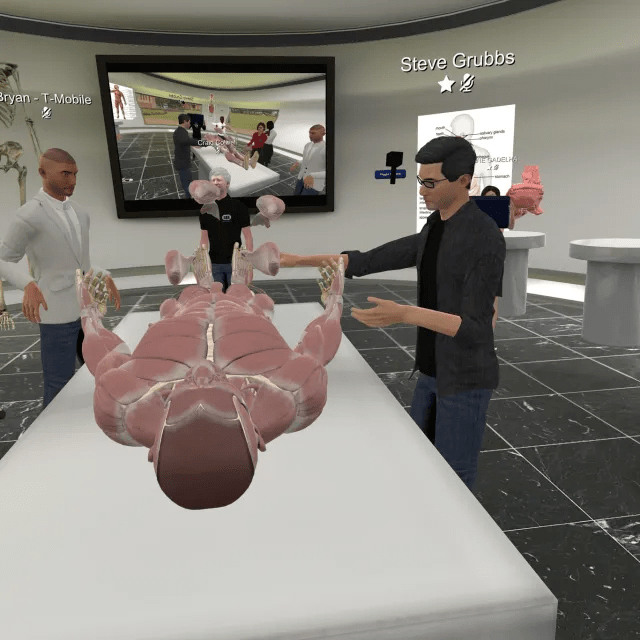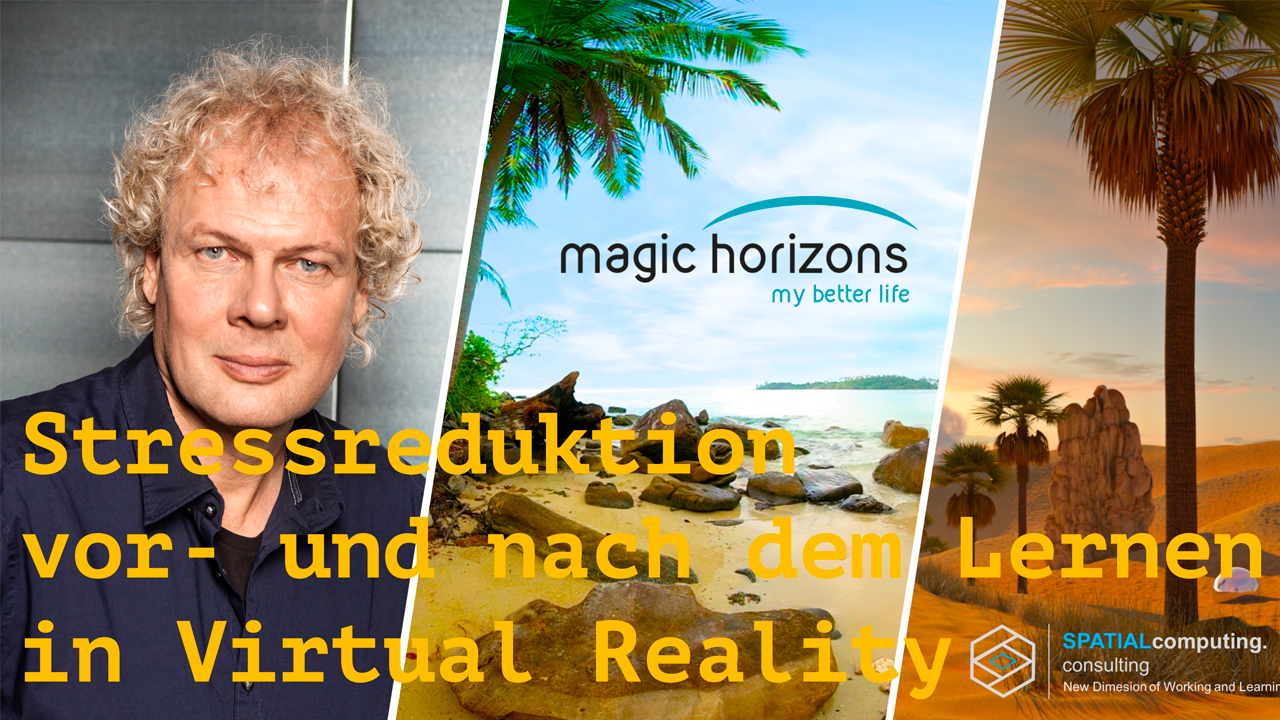Picture this: you are enrolled in an anatomy course, either because you love science or because you had to fill a prerequisite. There are three ways in which you can learn the courseinformation: 1) in the real world, you travel to a cadaver lab as a class, and engage with a dead human being, 2) you listen to a lecture as you look at pictures in a book/computer or watch a video, or 3) you enter into a virtual reality cadaver lab from the comfort of your hometo join your teacher and classmates as you pull organs from a simulated human body, pass them around, and expand them so large that you can step in and examine the arteries, ventricles, cavities, and more.
Two of these three are examples of active learning (1 & 3), with the second one being an example of passive learning. All three are used globally in education, but which is the best way to learn? While some people may say ‘it depends,’ the reality is that in most cases, there is one clear winner. Let’s take a look at the data.
The American school system, like most schools around the world, has a major issue with its STEM (Science-Technology-Education-Math) education. A recent survey conducted by the Pew Research Center found that 52 percent of adults believe the main reason that young people do not pursue STEM undergraduate degrees is because these subjects are too difficult. Less than 40 percent of college students in the US who enter their undergraduate degree with an interest in STEM end up completing a STEM degree, with that number shrinking to 20 percent among students from underrepresented backgrounds. Clearly, some barrier exists between the amount of young people interested in STEM fields and their success in obtaining a degree. These disappointing statistics raise an important question: How can we encourage better academic performance and foster greater interest in STEM courses among young people? The solution lies with active learning.
Many STEM-related courses still employ what are known as “passive learning” techniques. Gabby Unangst, a writer for ASU Prep Digital, defines passive learning as traditional teaching methods, such as lectures, in which students “receive information from the instructor and internalize it.” Schools have used passive learning techniques to instruct students for hundreds of years, with lectures remaining standard today. However, lectures have many disadvantages, including rapid loss of student attention and limited application of the material to real-world situations.
In recent years, researchers have found scientific evidence to support the point that passive learning is often ineffective. According to a 2014 article from Science.org, students are 1.5 times more likely to fail in a class using passive learning as opposed to one using active learning. Additionally, students who participated in active learning scored six percent higher on exams than those who participated in passive learning. These statistics show that active learning can help students perform better academically and that incorporating it into teaching may help people succeed in various fields, like STEM, that are commonly perceivedas too difficult for the vast majority of students.
So, what does “active learning” actually mean? Scientist Scott Freeman defines active learning as teaching that “engages students in the process of learning through activities and/or discussion in class, as opposed to passively listening to an expert.” Active learning promotes higher content retention levels, engages students more fully, and provides more context to the information being taught than passive learning does. Various active learning techniques include asking questions to students, cold-calling individuals, inciting group discussions, or using interactive technology, like virtual reality headsets. These active learning methods enable students to receive immediate feedback from their teacher and peers, thus allowing the teacher to alter their methods of instruction to best suit their students. By applying these active teaching methods to STEM classes, the US will be able to improve its science and math proficiency and increase student achievement. For these reasons, active learning is the key to unleashing student potential and promoting the future of STEM education.
Even in non-STEM courses like literature, active learning can work wonders. Take the classic American novel To Kill a Mockingbird. While active learning cannot replace the experience of students reading the book and enjoying the pleasure of page turning (even if it’s digitally),immersive virtual reality can help students better understand the book’s concepts. VictoryXR built the courtroom from the book (and movie) for this express purpose. As you may recall, inthe 1930s, White citizens sat on the ground floor, while Black citizens were required to sit in the balcony. In virtual reality, students can better understand what it was like to be separatedby race. Even more, some students can sit in the jury box and the Judge’s seat as well as at the attorney’s tables. A discussion or re-enactment of this scene brings the book to life and leads to greater empathy for issues of race in 1930’s America.
There are many VR companies creating content to better engage with learning. VictoryXR creates educational content in virtual reality that enables students to harness the benefits of active learning experiences. Immersive virtual reality experiences range from fully-developed‘metaversities’ to 360-degree field trips. They facilitate engaging, interactive learning that students of all ages can access and enjoy.
Quelle:
https://www.university.co.uk/post/passive-vs-active-learning-the-cadaver-conundrum




